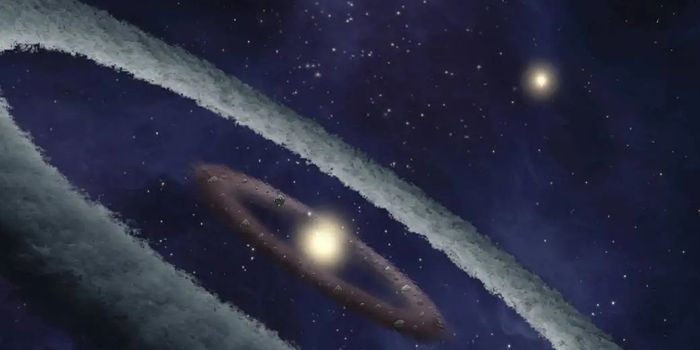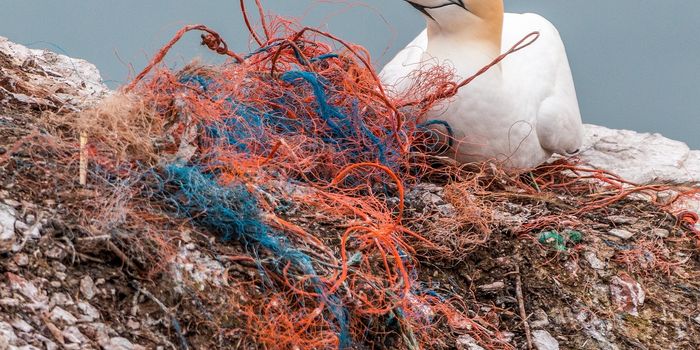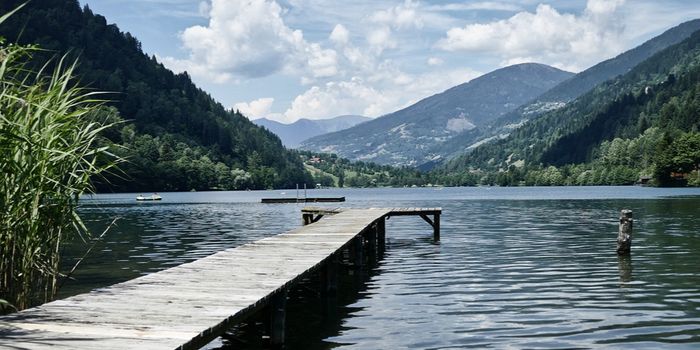Small Oxygen Level Changes Triggered a Huge Evolutionary Jump
Researchers can look deep into the past through the genomes and fossils of animals and plants, as well as the geological record that is preserved in rocks. The earliest life forms were probably microbes that were well suited to live in the environment of the time, which was low in oxygen. At some point, microorganisms generated enough oxygen to change the atmosphere, and studies have found that this might have precipitated the rise of complex life. Recent work reported in Nature Reviews Microbiology has highlighted the important influence of microbial life on ecology, and its cause-and-effect connections to the physical and chemical evolution of Earth.
However, many studies have focused on the effect on oxygenation on marine life. A new study has now determined that small increases in atmospheric and shallow ocean oxygen levels probably also triggered the evolution of complex life on land about 540 million years ago. The findings have been reported in Nature Geosciences. Only minor increases in oxygen were needed to activate huge leaps in evolution, which are reflected in fossils. This event, in which a wide array of species suddenly burst on the scene, is known as the Cambrian explosion.
"The Cambrian explosion was a remarkable period of rapid diversification of life on Earth. Previously, life consisted of single cell and small multicellular organisms," explained lead study author Dr. Richard Stockey, a paleobiologist at the University of Southampton. "Then, within 20 or 30 million years, a geological blink, we see a variety of strange and complex creatures emerge with new body plans and features like mineralized shells, grasping appendages, and complex sensory organs like eyes."
This study authors wrote that this latest work has provided "some of the most direct evidence for potential physiological drivers of the Cambrian radiation, while highlighting the importance of later Palaeozoic oxygenation in the evolution of the modern Earth system."
The animals arising during the Cambrian explosion probably didn't need as much oxygen as we thought. There were slight increases in oxygen levels that were sufficient to promote big ecological changes, said senior study author Erik Sperling, an associate professor of Earth and planetary sciences at the Stanford Doerr School of Sustainability.
Most animals from the period likely lived only in shallow water, where oxygenation might have occurred as wind and waves mixed together. The deeper ocean probably remained unoxygenated for ages. This study suggested that deep ocean oxygen levels did not reach what's seen in modern oceans until much later than thought: about 400 million years ago, or roughly 140 million years after the Cambrian explosion. This was also the time that large forests started to grow on land, added Stockey.
This study analyzed uranium and molybdenum levels in black shale; this sedimentary rock was formed in environments on the bottom of ancient oceans, which were very low in oxygen. The metals accumulate in shale because of those low oxygen levels. Now, the rock can reflect the chemical levels of the past. This data was analyzed on a large scale with oceanographic models for this work.
This effort used information from the Sedimentary Geochemistry and Paleoenvironments Project, which gathers geochemical data in a database that's been standardized for large-scale analyses.
"It's a very different approach than we've used in the field before," said Sperling. "Each individual research group, including ours, is still going out to the field and getting a snapshot of what's going on, but then we need to all come together to analyze things."
Sources: University of Southampton, Nature Geosciences









